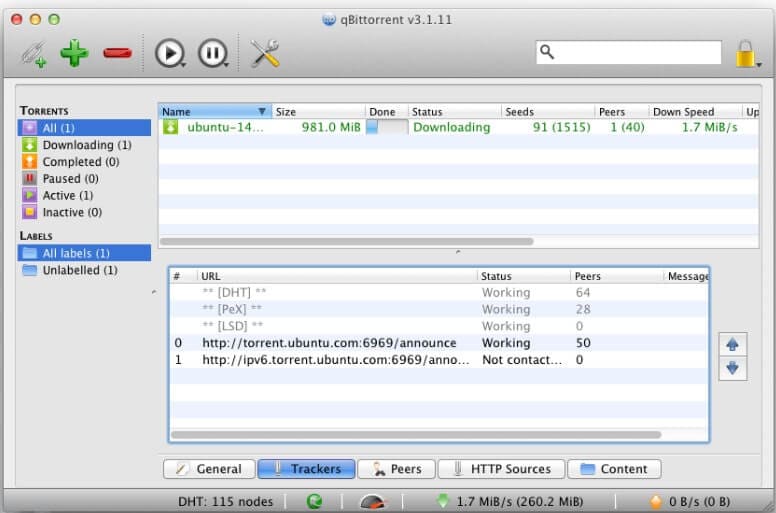“Okay, here is a comprehensive article about APK downloaders in English, aiming for approximately 1600 words.
Okay, here is a comprehensive article about APK downloaders in English, aiming for approximately 1600 words.

Beyond the Google Play Store: A Comprehensive Guide to APK Downloaders – Benefits, Risks, and Safe Practices
Android’s open nature is one of its most celebrated features. Unlike more closed ecosystems, Android allows users a significant degree of freedom in how they use their devices and, crucially, where they get their applications. While the Google Play Store is the primary and most recommended source for apps for most users, it’s not the only source. This is where the concept of downloading and installing apps directly using APK files comes into play, often facilitated by what are commonly referred to as "APK downloaders" or third-party APK sources.
But what exactly is an APK? Why would someone choose to download one outside of the official store? What are the potential benefits, and more importantly, what are the significant risks involved? And if you choose to venture into this territory, how can you do so as safely as possible? This article delves deep into the world of APK downloaders, exploring the landscape beyond the familiar confines of the Google Play Store.
Understanding the Basics: What is an APK?
Before we discuss downloading them, let’s clarify what an APK file is. APK stands for Android Package Kit (or Android Package). It’s the package file format used by the Android operating system for the distribution and installation of mobile applications, middleware, and games. Think of it as the equivalent of an .exe file on Windows, an .dmg file on macOS, or an .ipa file on iOS.
An APK file is essentially an archive file, usually in the ZIP format, that contains all the components necessary for an Android application to install and run on a device. This includes:
- Compiled code: The program’s instructions (in DEX format).
- Resources: Images, audio files, XML layouts, and other assets used by the app.
- Assets: Raw asset files bundled with the app.
- Manifest file (AndroidManifest.xml): This crucial file describes the structure, permissions, hardware and software features required, and other essential metadata about the application.
- Certificates and Signature files: Used to verify the integrity and authenticity of the APK.

When you download an app from the Google Play Store, the store handles the download of the APK file (or parts of it, with newer formats like Android App Bundles) and the subsequent installation process automatically in the background. When you use an "APK downloader" or a third-party source, you are manually obtaining this APK file and then initiating the installation yourself.

The "Why": Reasons for Using APK Downloaders
Given the convenience and perceived safety of the Google Play Store, why would anyone bother with manually downloading APKs from other sources? There are several compelling reasons, though each comes with its own set of caveats:
- Access to Geo-Restricted Apps: Some applications are only available in specific countries or regions on the Google Play Store due to licensing agreements, regional preferences, or phased rollouts. Downloading the APK directly can allow users in unsupported regions to access these apps.
- Getting Updates Early: App updates are often rolled out gradually on the Play Store. Downloading the latest APK directly from a source that provides it quickly can give users access to new features or bug fixes before they are officially available in their region via the Play Store.
- Installing Beta or Unreleased Versions: Developers sometimes release beta versions of their apps for testing, or soft-launch apps in limited markets before a global release. These might not be easily accessible through the standard Play Store interface for everyone. APKs can provide a way to try these versions.
- Rolling Back to Older Versions: Sometimes, an app update introduces bugs, removes a favored feature, or changes the user interface in an undesirable way. The Google Play Store doesn’t officially support downgrading. Downloading an older version’s APK allows users to revert to a previous, more stable, or preferred version.
- Installing Apps Not Available on the Play Store: Some apps might not meet Google’s Play Store policies, are niche tools, or are developed for specific purposes outside the standard consumer market. Downloading the APK is the only way to get these apps.
- Independence from Google Play Services: Users who use custom ROMs without Google Mobile Services (GMS) or prefer de-Googled devices cannot use the Google Play Store. APKs are essential for installing any app on such devices (though alternative app stores like F-Droid exist for open-source apps).
- Saving Data/Bandwidth: In some cases, if you have the APK file already downloaded (e.g., from a previous device or shared by a friend), you can install the app without re-downloading it from the internet, saving data.
- Troubleshooting Play Store Issues: Occasionally, the Play Store might have issues downloading or installing apps. Using an APK can be a workaround.

These reasons highlight the flexibility and control that direct APK downloads offer Android users. However, this power comes with significant responsibilities and risks.
How They Work: The Process of Downloading and Installing an APK
The process of using an APK downloader or source typically involves these steps:
- Finding the Source: Identify a website or platform that hosts APK files. This could be a dedicated APK repository site, a developer’s official website, or a third-party app store’s website.
- Searching for the App: Use the source’s search function to find the specific app and version you want.
- Downloading the APK File: Click the download link. Your browser will download the
.apkfile to your device’s storage (usually the "Downloads" folder). - Enabling "Unknown Sources": By default, Android blocks installations from sources other than the Google Play Store for security reasons. To install an APK manually, you must enable installation from "Unknown Sources."
- On older Android versions (before Android 8.0 Oreo): This was a single system-wide toggle in Security settings. Enabling it allowed any app downloaded from any source to be installed. This was a significant security risk.
- On newer Android versions (Android 8.0 Oreo and later): This setting is much more granular and secure. You grant permission to install apps per source. For example, you might grant your web browser (like Chrome or Firefox) permission to install apps, or your file manager. This permission must be granted before you can install an APK initiated from that source.
- Locating and Running the APK: Use a file manager app to navigate to where the APK file was downloaded. Tap the
.apkfile. - Reviewing Permissions: The system will display a screen showing the permissions the app requests. Carefully review these permissions. A simple game asking for access to your contacts or SMS messages is a major red flag.
- Installing the App: If you are comfortable with the permissions and have enabled "Unknown Sources" for the source (e.g., your file manager or browser), tap the "Install" button.
- Completion: Once installed, you can open the app directly or find it in your app drawer.
This manual process requires the user to take more active steps and make conscious security decisions, particularly regarding the "Unknown Sources" setting and reviewing permissions.
The Landscape: Types of APK Sources
APK files can be obtained from various places online. These sources vary significantly in terms of reliability, safety practices, and the types of apps they host:
- Dedicated APK Repository Websites: These are the most common type of "APK downloader" site. Examples include APKMirror, APKPure, Aptoide, and many others. They host vast libraries of free and sometimes paid apps. Their safety varies greatly. Some, like APKMirror, have stricter policies (e.g., only hosting free apps, verifying APK signatures against official developer releases) which makes them generally more trustworthy for obtaining legitimate free apps. Others might host pirated paid apps or APKs bundled with malware.
- Third-Party App Stores: These are alternative app stores that you install as an app on your device (like Aptoide, Amazon Appstore, F-Droid). They manage downloads and updates within their own ecosystem, similar to the Play Store, but they source their apps differently and have different content policies. F-Droid is notable for focusing exclusively on free and open-source software (FOSS
